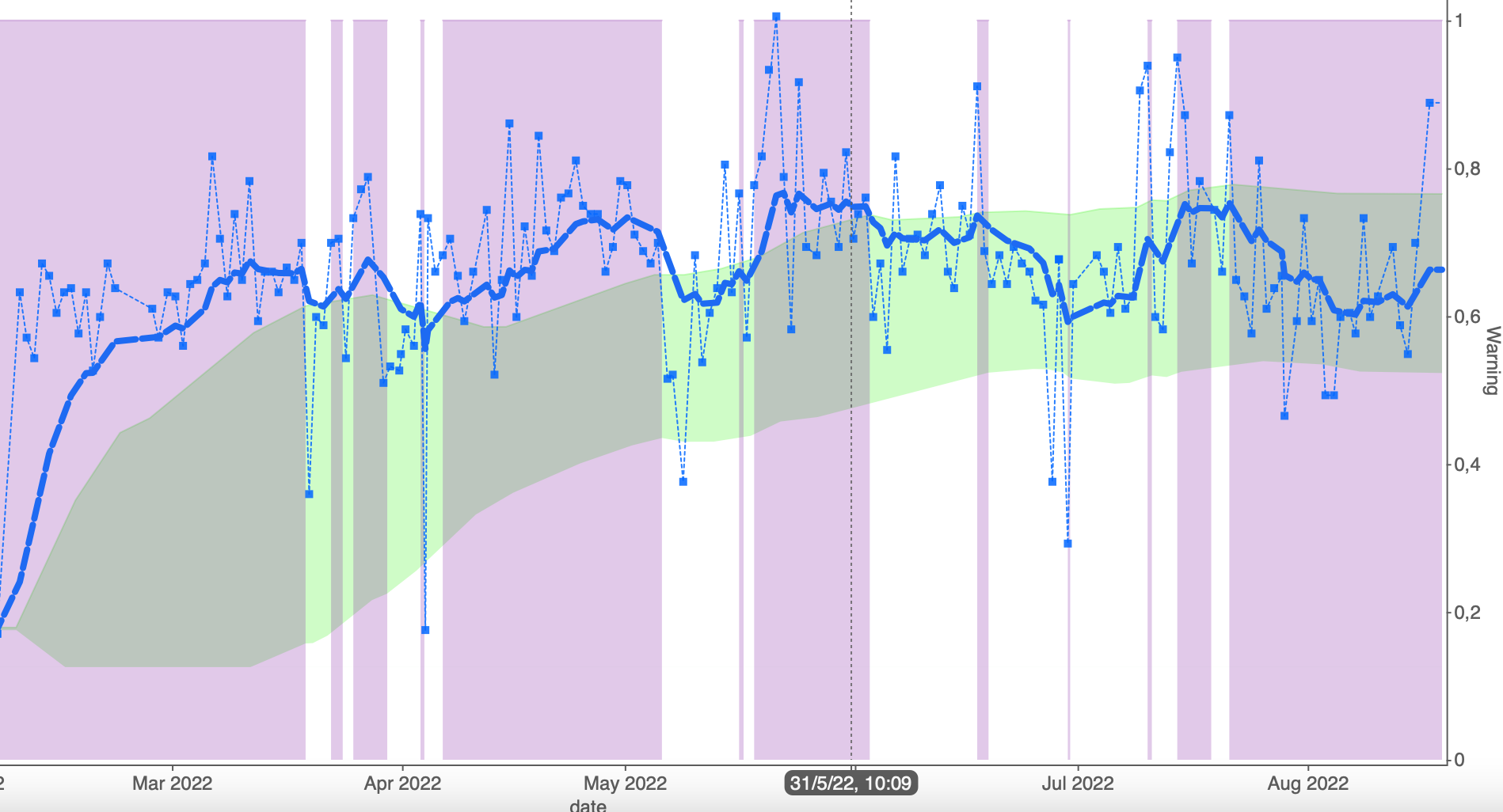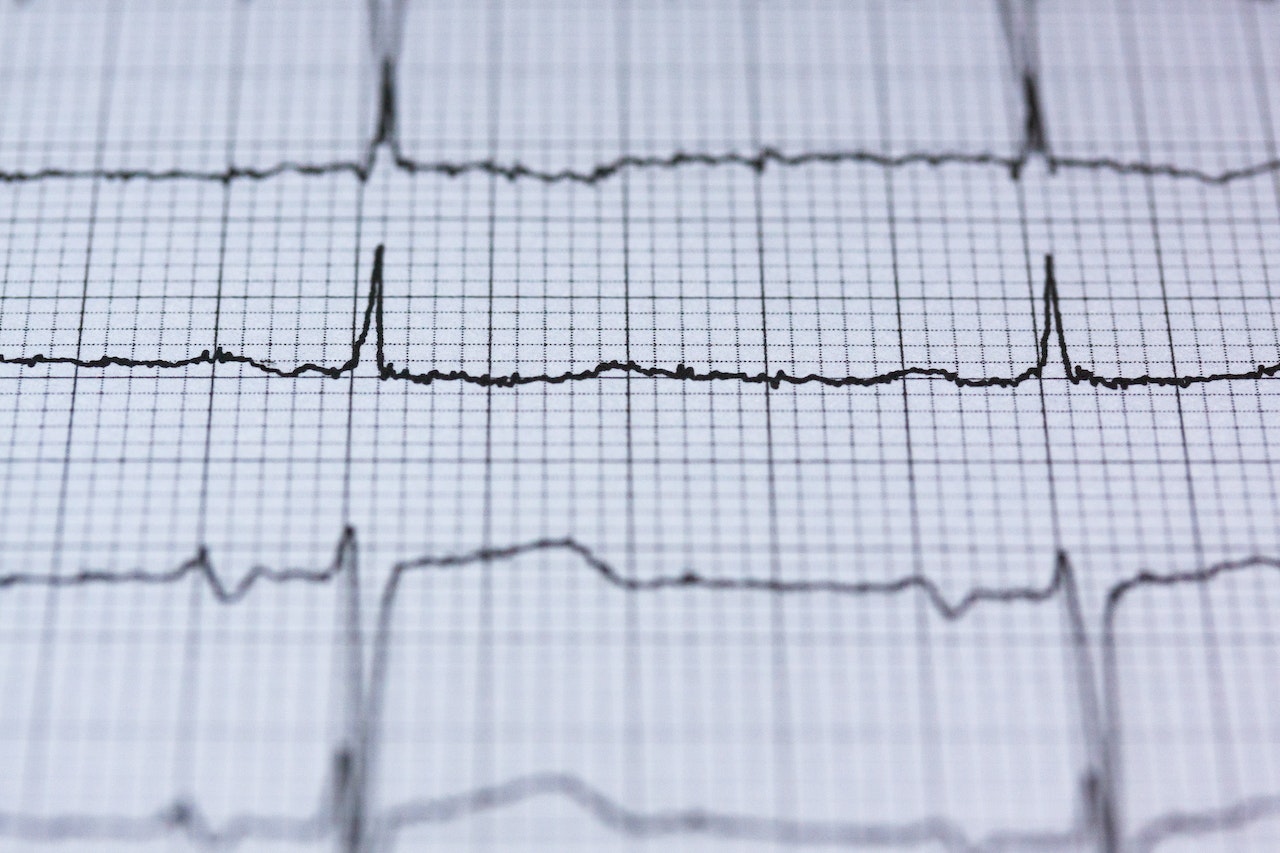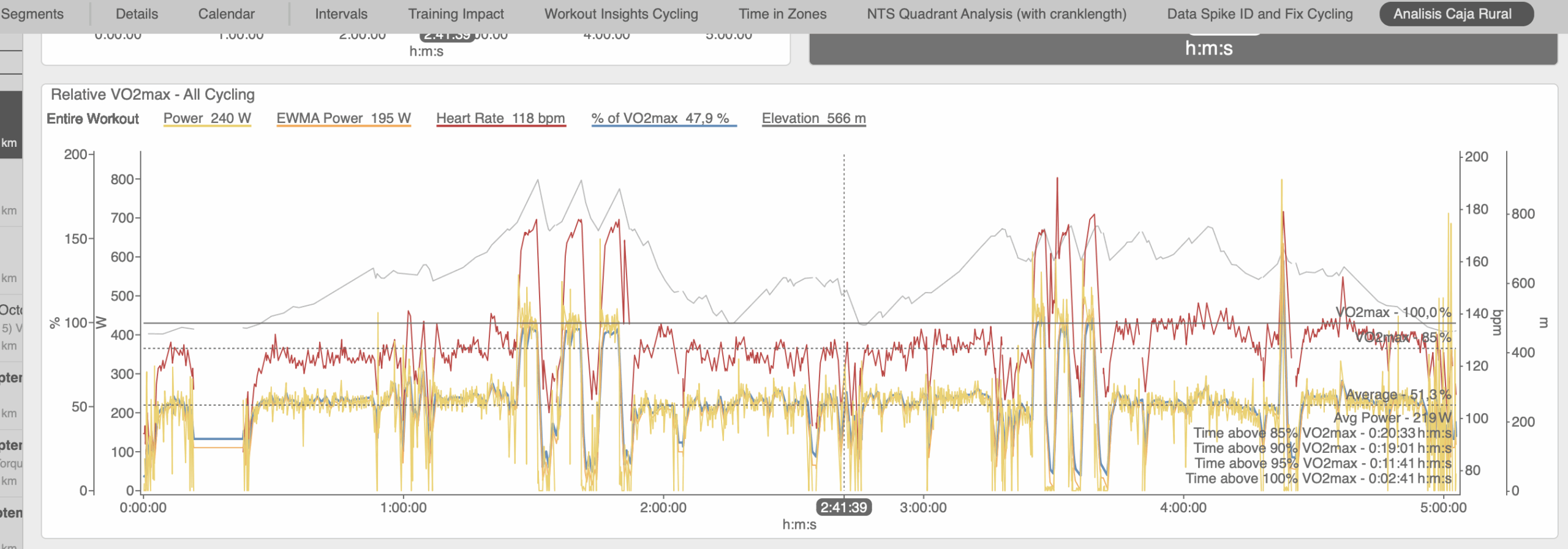
Digging deeper into heart rate variability
In this new blog entry we will take a bit of the thread from one of our first blog posts where we talked about heart rate variability (HRV or HRV in English).
In this case we will see what we measure and what we intend with each of the measurements., so we can greatly improve our analysis capacity, always knowing the internal response of our body before training or any type of stress that may appear in our body.
Remember that HRV helps us describe the differences between the variations that occur in the heartbeat., analyzing the irregularity in the occurrence of action potentials in the sinus node of the heart (low variability sympathetic system domain and on the contrary with the parasympathetic system domain).
The brain is the modulating center of our body, It will be the one who regulates and controls all the processes of our body (Central Command), whether at a physiological or psycho-social and cognitive level, with which, This HRV will be altered by all types of processes that affect our body..
They exist at the same time, different linear HRV analysis methods so with each of them we can draw our own conclusions, grouping them into two large groups:
- Time – Domain Method, where the time of the time intervals that elapse in each beat of a normal electrocardiographic recording will be analyzed.
- Within them we will find different ways to control:
- MEAN RR: Corresponds to the average of the R intervals (it would be the R wave in an electrocardiogram, which is the average heartbeat).
- SDNN: will be the standard deviation of all RR intervals. It would be a global estimate of HRV.
- rMSDD: It is the square root of the mean value of the sum of the squares of the differences between intervals R, all in milliseconds. Helps us with vagal cardiac control.
- pNN50: It is the % of the total pairs of RR intervals that differ by more than 50 milliseconds.
- Within them we will find different ways to control:
- Domain Methods – Frequency, Rate is measured in cycles per beat and not in cycles per second, where we will centralize the behavior of the heart in internal mechanisms (sympathetic balance / vagal). Where within them there are a large number of ways to control what we summarize below:
- High frequency band (HF): It reflects the changes that the parasympathetic system can undergo (more or less high vagal tone).
- Low HR band (LF) LF will be related to sympathetic stimulation of the heart.
- LF/HF ratio there is a general consensus when considering the LF/HF ratio as a reliable indicator of sympathetic-vagal balance..
There are also different methods of measuring HRV where the validity of the methods must be taken into account above all in order to correctly record and analyze the data it offers us.. We can use the mobile app right now, watches, electrocardiogramas, fc bands or others to be able to have a valid record of this data.
Finally we would add here that HRV follows circadian rhythms and at the same time the position of the body, where the measurement should always be carried out under the same conditions / time of day so as not to have much difference in this, always in a relaxed position to obtain all this data.
With the data we obtain, we can vary the orientation of the training loads since alterations in this HRV can indicate insufficient recovery from the previous day or any pathology. / problem that is stressing our body and alters our sympathetic tone / parasympathetic, therefore, Greater monitoring and data collection by the athlete can greatly facilitate the coach's task and prevent situations arising from an excess of training load..
What is heart rate variability?
HR variability (HRV) or heart rate variability (HRV) refers to the measurement of the
Get to know TrainingPeaks and WKO5, What differences are there between them? What is each of them for?
TrainingPeaks TrainingPeaks is a web-based (and mobile app) platform aimed at training.
What really is FTP?
Surely when you go out with the weekend group you hear comments that they are close to you.





